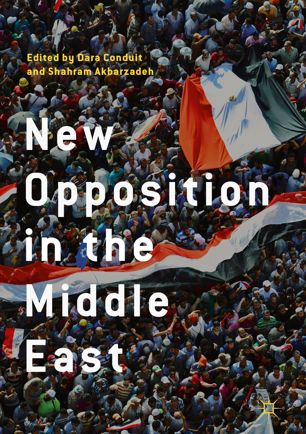

Most ebook files are in PDF format, so you can easily read them using various software such as Foxit Reader or directly on the Google Chrome browser.
Some ebook files are released by publishers in other formats such as .awz, .mobi, .epub, .fb2, etc. You may need to install specific software to read these formats on mobile/PC, such as Calibre.
Please read the tutorial at this link: https://ebookbell.com/faq
We offer FREE conversion to the popular formats you request; however, this may take some time. Therefore, right after payment, please email us, and we will try to provide the service as quickly as possible.
For some exceptional file formats or broken links (if any), please refrain from opening any disputes. Instead, email us first, and we will try to assist within a maximum of 6 hours.
EbookBell Team

4.0
96 reviewsThis book uses a Contentious Politics lens to examine patterns of contestation since 2009 and 2011 among the Middle East's most important opposition actors. The volume is comprised of seven chapters that ask questions in relation to the responsiveness of opposition groups to their political environments, the long-term legacies of authoritarianism, and whether the post-2009/2011 political environment is better or worse for Middle Eastern oppositions. It interrogates the ways in which oppositions have morphed in relation to this changed operating environment, subjectively interpreting the costs and benefits of contestation in order to maximise political opportunities. To some oppositions, changes in the power balance between regime structures and opposition agents led to unprecedented opportunity for political action, while for others, structures were galvanised to restrict opposition activities. In total, the volume shows that even though the Arab Uprisings and Green Movement achieved few of their overt goals, the events unleashed smaller shifts across the region that have led to a fundamental change in the politics of contestation amongst the region’s oppositions. These patterns echo experiences in other parts of the world, including the coloured revolutions in post-Soviet states, and the political environment in Chile after Pinochet.